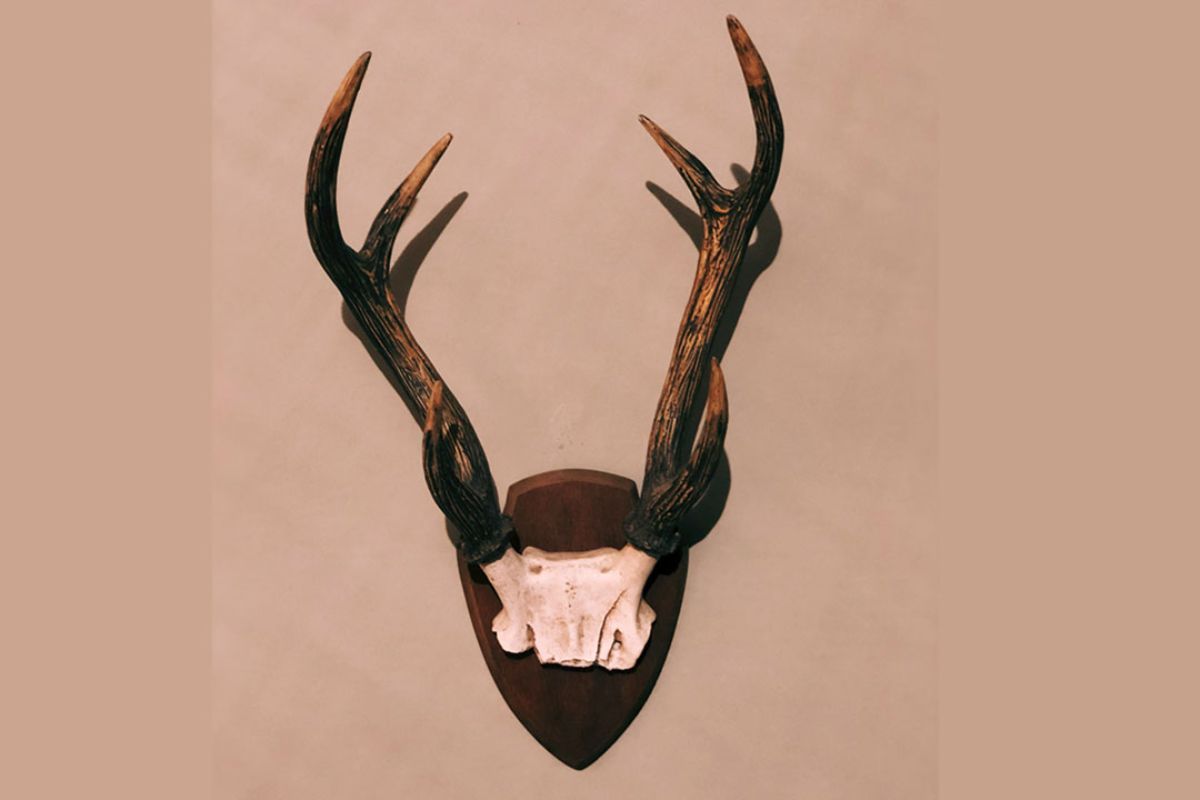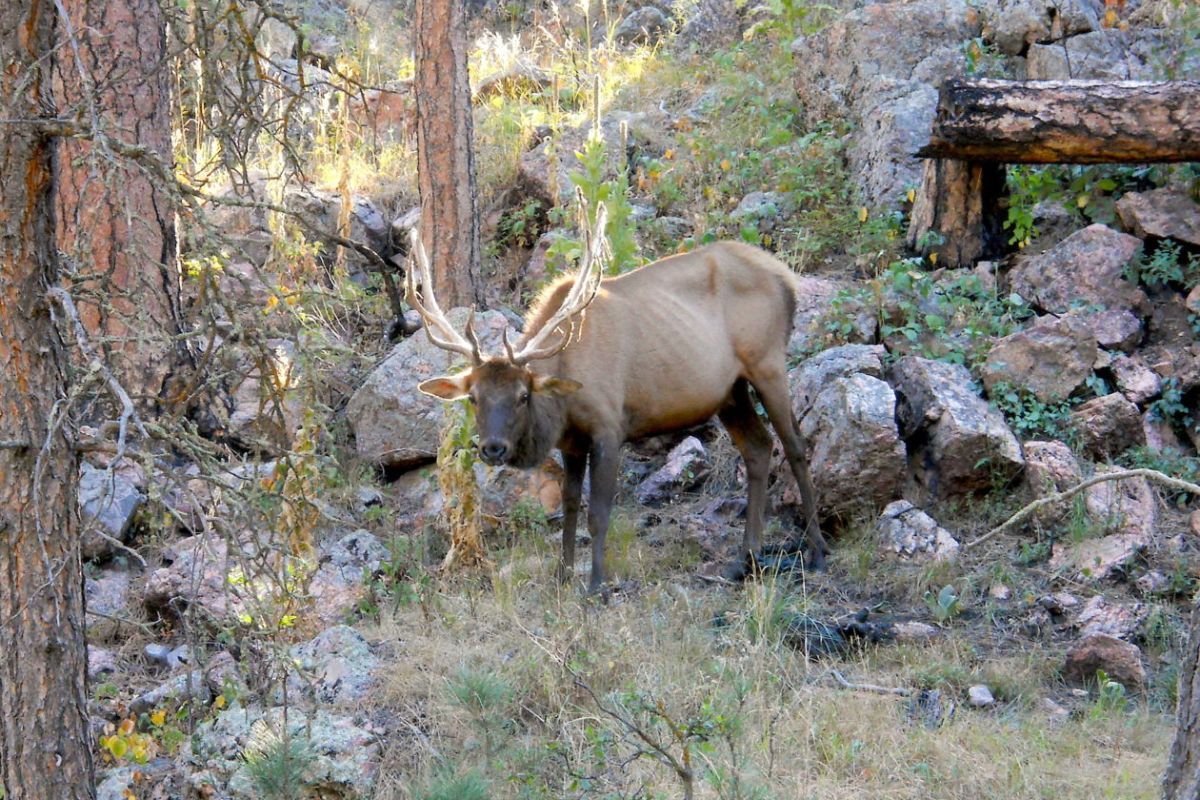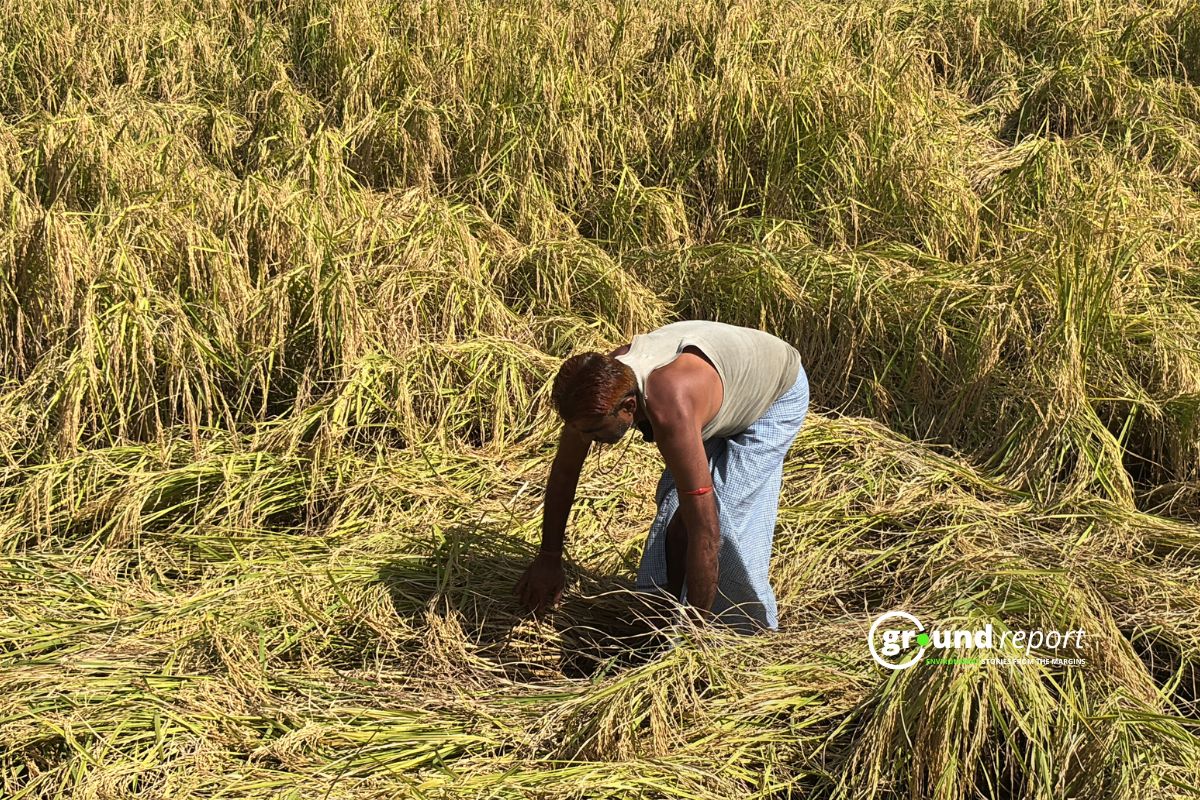Last year, federal officials of the United States of America found a mule deer buck carcass near Yellowstone Lake in a remote area of Yellowstone National Park. Its cause of death was chronic wasting disease (CWD), the first confirmed death of an animal in the park from the disease. The discovery was alarming but expected.
CWD was first discovered in Colorado in 1967. It has since spread through wild and captive deer populations across the United States, Canada, and globally. The transportation of live or harvested deer has contributed to the spread. It’s now found in 34 states, five provinces, and four other countries. California and British Columbia confirmed cases. Experts predict it will be present in all 48 contiguous states within the next decade.
The unusual disease primarily affects white-tailed deer and mule deer, but can infect all cervids, including moose, elk, reindeer, and caribou. Yellowstone, known as America’s Serengeti, is a concern to biologists due to its large elk, deer, and moose population. Studies show CWD-afflicted herds decline 3-20% annually.
What is zombie deer disease and its symptoms?
Chronic wasting disease is transmitted in hoofed ruminant mammals like deer, reindeer, elk, and moose. According to the US Department of Agriculture’s Animal and Plant Health Inspection Service, it’s an infectious disease, but not caused by a bacterium or a virus.
A misfolded prion protein causes the issue, but researchers don’t know what triggers the abnormality. Normal prion proteins play a role in cell signaling, but when misfolded, they cause more proteins to misfold.
Misfolded prion proteins in the brain kill brain cells and cause bodily dysfunction, leading to unusual symptoms. These include weight loss, excessive drinking and urination, poor balance and coordination, drooping ears, and difficulty swallowing, which can lead to drooling, pneumonia, and death. The term “zombie deer disease” refers to the typical symptoms of an uncoordinated, stumbling, and drooling animal. The symptoms can take months or years to manifest, making diagnosis difficult.

When prion proteins misfold, they become infectious, leading to spread among wildlife. CWD spreads from animal to animal through direct contact with bodily fluids and waste, and indirect contact with contaminated soil, water, and food.
Disease detection in Yellowstone was anticipated due to 22 state-run and one federally-run elk-feeding operations in Wyoming. Feeding operations bring many animals together, enhancing disease transmission.
CWD is caused by a misfolded cell protein called a prion. When it comes into contact with normal brain proteins, it causes them to misfold, sparking CWD symptoms. Infected animals’ brains deteriorate to a spongy consistency, causing nervous system decline, drooling, stumbling, blank stares, and eventual death, earning it the nicknames “zombie deer disease” and “the disease from outer space.” It can take years to kill an animal.
Can zombie deer disease spread to humans?
The CDC estimates that infection rates range from 10% to 25% in endemic areas. In 2023, surveillance results from Alberta suggest a 23% positivity rate for mule deer.
Evidence doesn’t show that CWD can spread to humans through infected animal meat, encountering infected wildlife, or contact with contaminated soil or water. But researchers are investigating animal-to-human transmission. “The current research is mixed, so we don’t know yet,” says Christine Mullinax, a public health expert at the University of Minnesota.
In 2011, older CDC research used the Foodborne Diseases Active Surveillance Network 2006-2007 survey to assess exposure risk. The survey included results from over 17,000 participants. Over 65% reported eating wild game sometimes. The researchers focused on the prevalence of potential exposure, but reported no evidence of human transmission to date.

Prion diseases, or transmissible spongiform encephalopathies, are present in humans. They include Creutzfeldt-Jakob Disease (CJD), which can be inherited, spread through medical procedures, or occur sporadically. A fourth type, variant Creutzfeldt-Jakob disease (vCJD), is now confirmed to be caused by the same agent that leads to bovine spongiform encephalopathy (BSE), or “mad cow” disease.
It’s important to note that BSE and CWD prions differ structurally, and it’s unclear if the pathology and clinical presentation would be comparable if CWD transmitted to humans.
Older studies didn’t find animal-to-human CWD transmission, but new research has raised concerns.
In a 2018 study by the National Institutes of Health, researchers exposed 14 macaques to CWD-infected brain matter from deer and elk. The macaques share about 93% of their genome with humans. The researchers monitored the macaques for more than a decade, screening tissue through various tests. They found no evidence of transmission from the infected cervid tissue to the macaques. However, other research, some unpublished, suggests possible transmission from cervids to macaques.
In a 2022 study at the University of Calgary, researchers injected CWD isolates from infected deer into “humanized” mice. The mice developed CWD and shed infectious prion proteins in their waste over 2.5 years. The researchers note that the mice developed an atypical prion signature and suggest that if CWD is transmissible to humans, it may have atypical symptoms, making it hard to diagnose. They also raise concern about fecal shedding in the mice, as an infected person could spread it to others if animal-to-human transmission proved possible.
“These studies have limitations that complicate result interpretation. There isn’t enough evidence to confidently conclude ‘yes’ or ‘no’ to the question of CWD breaching the species barrier.”
There are many unknowns about CWD, and major efforts are underway to understand the disease as it spreads. One of the chief concerns is that CWD prions.
Keep Reading
Part 1: Cloudburst in Ganderbal’s Padabal village & unfulfilled promises
India braces for intense 2024 monsoon amid recent deadly weather trends
Support us to keep independent environmental journalism alive in India.
Follow Ground Report on X, Instagram and Facebook for environmental and underreported stories from the margins. Give us feedback on our email id greport2018@gmail.com.
Don’t forget to Subscribe to our weekly newsletter, Join our community on WhatsApp, and Follow our YouTube Channel for video stories.









